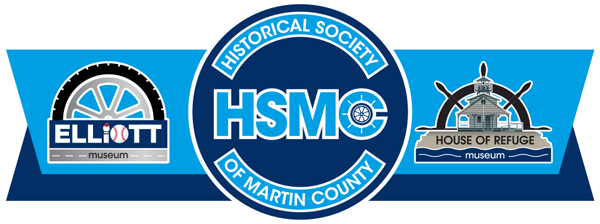ABOUT THIS GAS PUMP
In 1865, Charles Gilbert and John Barker formed a company to manufacture a “gas machine” that vaporized petroleum distillates for lighting systems. Gilbert & Barker later manufactured oil burners for industrial furnaces, and in 1910 the company added hand-operated gasoline pumps to its product line.
This 1940 Gilbarco Gasoline Pump was manufactured by Gilbert & Barker Manufacturing Company, Springfield, MA.
When automobiles first came on the market, gasoline was available in large quantities, but it was a little used by-product of oil refining. Kerosene was in great demand for lighting; gasoline was used as a solvent and, to a limited extent, as fuel for cook stoves. The growing use of automobiles greatly increased demand for gasoline. Initially gasoline was retailed much like kerosene; it was transported from bulk oil storage facilities on the edge of town to general stores, hardware stores, and drug stores, where it was sold in metal cans. Gasoline was sold in barrels using a spigot that released the liquid into a measured container. Motorists soon began driving to bulk storage facilities to refuel, but they still had to transfer the liquid into the gasoline tank with a can, bucket, or pitcher and a chamois-lined funnel–a slow, cumbersome, dangerous method. The first direct refueling station, equipped with a gravity-feed, above-ground tank, hose, and glass gauge, opened at a St. Louis bulk oil facility in 1905.
Mechanical gauges like the one on this Gilbert & Barker pump made retail sales more practical, efficient, and accurate. Demand for curbside service soon led to traffic congestion at the pump. Dedicated, off-street gasoline stations, set back to accommodate several cars, appeared in the 1910s and spread rapidly. By the 1920s, vertical integration within oil companies created branded gasoline products sold at stations and repair garages throughout regional territories. Our pump is decorated in Sinclair Oil Company “Dino” Gasoline Livery.

